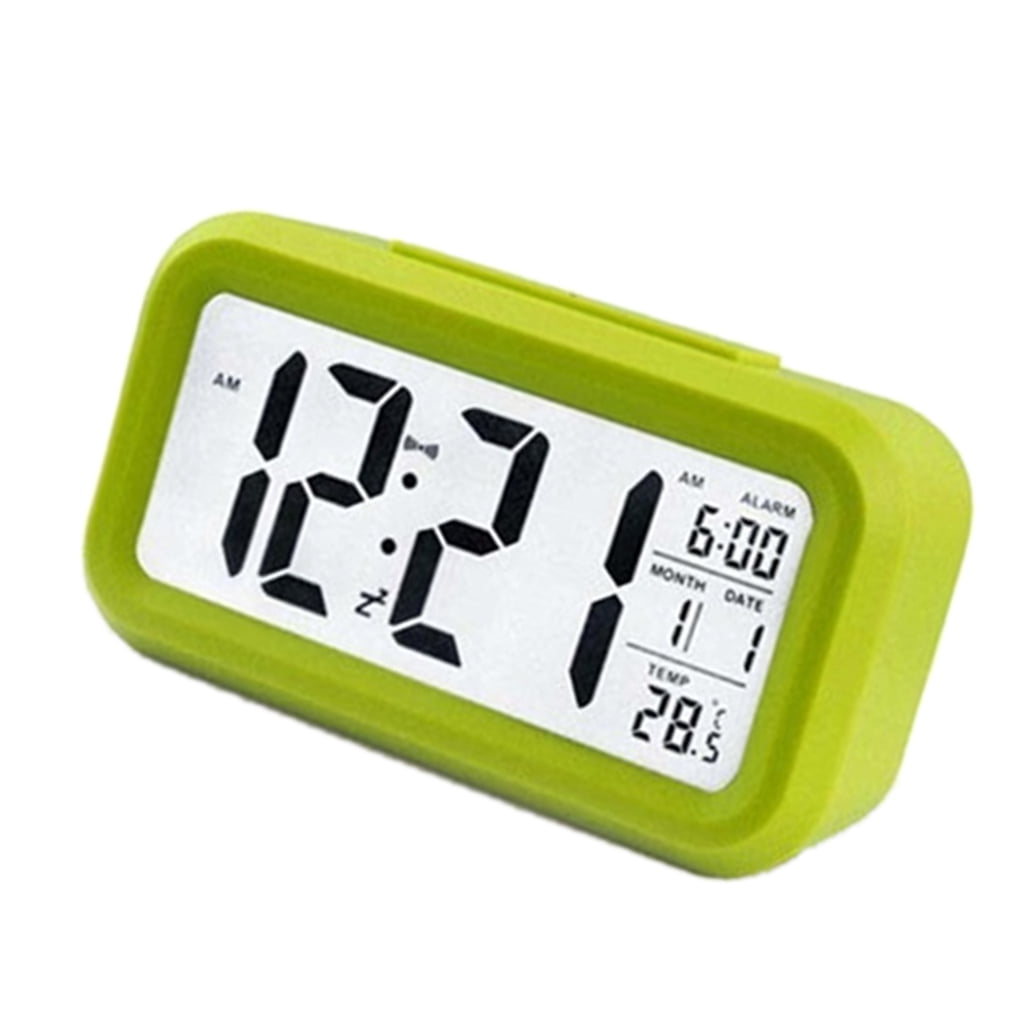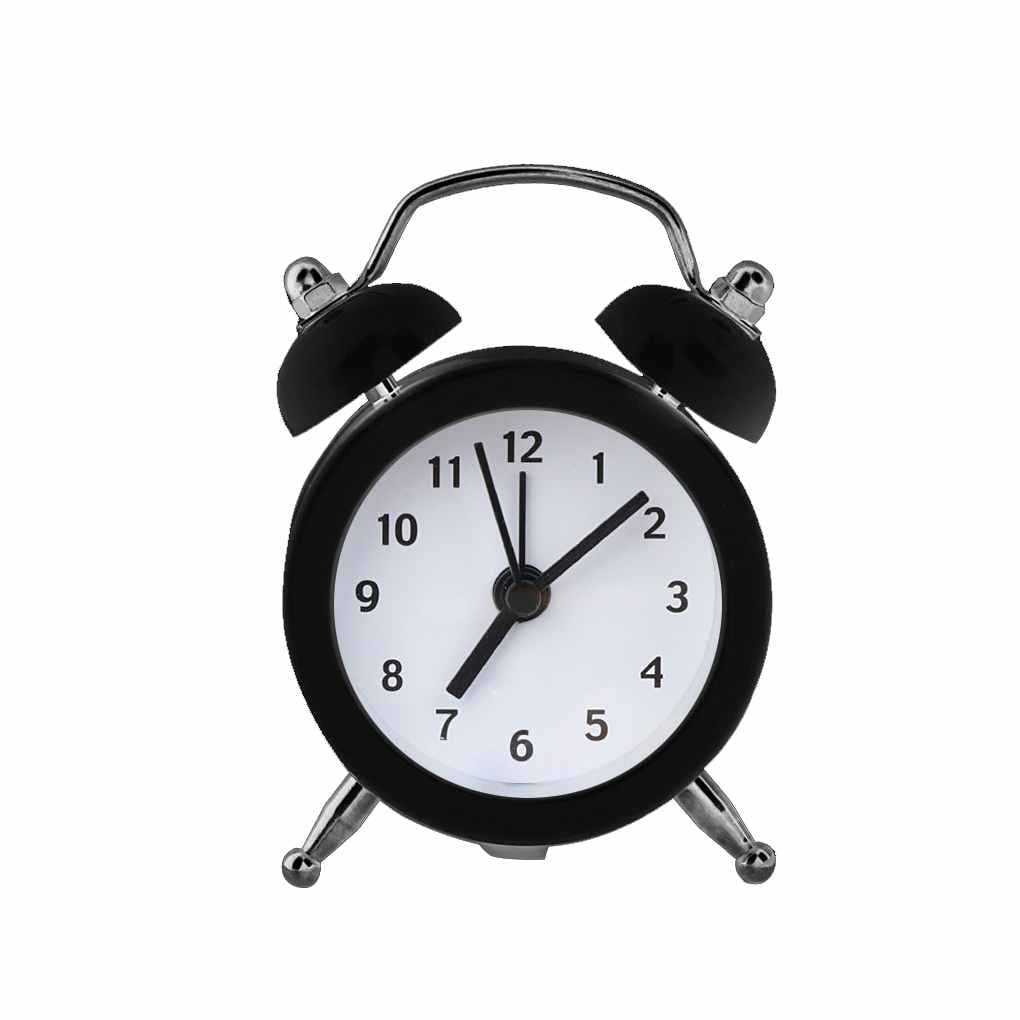
Introducing the new Power BI Premium “Gen-2” Architecture.


#Zulu time desktop clock update
Every slicer selection will update the two “clocks” and the local time should reflect the currently selected time zone. It’s a good idea to use the slicer’s selection control to “Single select” to prevent multiple zones from being selected. Next, we add two card slicers, one displaying the current time in the UTC time zone, and the other will display the current time in the zone selected in the slicer. Now we can add a slicer to our report page, and use the “Zone ” dimension. Current Time (UTC) = UTCNOW()Ĭurrent Time (Local) = UTCNOW() + We will next create two calculated measures – Current time (UTC) and Current time (Local). We want this to work properly everywhere, so instead of Now() we will use UTCNow() which always returns the current time in UTC. When it runs on the service, it will return UTC time. DAX has a Now() function that will return this value, but it will be returned in the locale of the user. We can therefore create a calculated measure to hold the selected offset value: Current Offset = MAX('Time Zones') We need to use an aggregate function in order to return the offset value, so in this case, we will MAX. We will assume that a filter or slicer, or a row filter has been applied, and there is only one currently selected value. We therefore need to know which time zone is selected. Our report will show the current time for any selected time zone. When complete, your table should look something like below.Īt this point, we can select Close and Apply to load the data into the model. It’s also a good idea to rename the query. DAX does its date calculations in days, so I create another column with the same value converted to days (the listed value divided by 86,400). I like to rename the columns into something a little more user friendly. Some of the columns are unnecessary, and we can safely remove status, message, and timestamp. Where key is the API key that you received when registering at the Time Zone Database.Īs of October 2020, Power Query will then convert the resultant JSON data into a simple table. If prompted, choose “Anonymous” as the authentication type, and enter the following for the url: To retrieve the time zone data, connect to it using Get Data in Power BI Desktop, then select the Web connector. This means that when we refresh our data, we will get up to date offset data when daylight saving time changes, or there are local changes to the time zone rules. You can register for an API key (its free), and call it directly using Power BI’s web connector. One good source of time zone offset is the Time Zone Database. In the end, we need the time offset from UTC so that our time calculations can adjust time accordingly. We’re also going to need a good source of time zone data. However, if we want our users to be able to to select their time zone from filters or slicers, we’re going to be restricted to using DAX. Time calculations can be performed both in Power Query, and in DAX. However, what happens when a single report is meant to serve users in different time zones? Alternatively, what if you want to use a single data model to serve reports in different time zones? Luckily, most source data is available in UTC format, and it’s up to report designers to convert it as necessary.

Power BI Desktop evaluates them according to the locale of the user.įor that reason, UTC date/time values are paramount. This is because the Power BI service operates in the UTC time zone, and evaluates all locale based time functions in that time zone. In fact, if you’ve worked with time zone values in Power Query and you don’t happen to live in the UK), you’ve likely noticed that your reports show different time based values when they get published to the service. If you’ve spent much time building reports for users in more than one time zone, you’ve likely come across a few of the idiosyncrasies of Power BI and date/time values. Have you ever wanted to show your time data in different time zones simultaneously? Or allows users of the same report to display time values in their own time zone? This article outlines one approach for doing so.


 0 kommentar(er)
0 kommentar(er)
